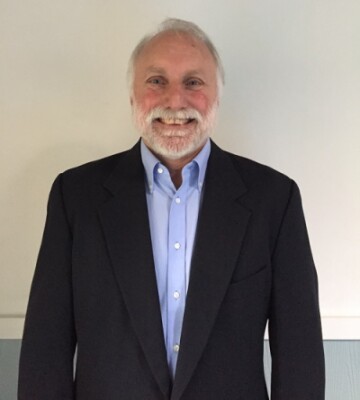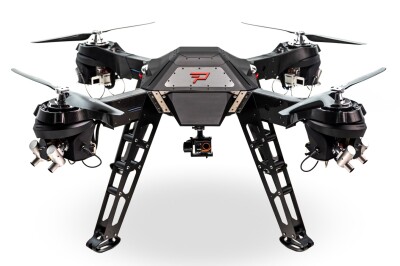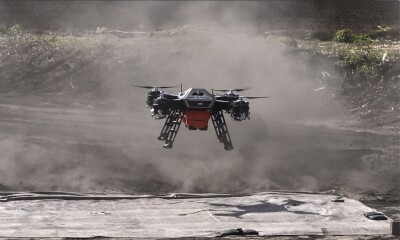On August 24, Parallel Flight Technologies (PFT) announced the resignation of its CEO and co-founder Joshua Resnick, due to health reasons. In the same statement, PFT announced a new CEO appointment of Craig Stevens, an individual with close ties and years of familiarity with the PFT team.

That announcement brought to the forefront an old dilemma of mine. I can still remember (as if it were yesterday) my initial conversation with my first editor at Commercial UAV News, Jeremiah Karpowicz, when he asked me about what moved me to write about drones. My three-pronged answer of 2016 is still valid today: first, UAV’s flight times, second, the responsibility of the pilot in command, and last, but not least, the fact that I believe that uncrewed and crewed aviation are one industry.
How is it possible that after eight years of covering the industry, we are still talking about 25/30 minutes of flying time for most small- to medium-multicopters?
The short answer is “batteries,” and the long answer is blaming the battery industry for its inability to rejuvenate the chemistry that makes electric portability possible. But is it fair to blame an entire industry for a complex technical issue? The answer is “no.” There are alternatives, like hydrogen, and the most practical and feasible: hybrid powerplants.
One company that has been at the bleeding edge of hybrid technology is Parallel Flight, and the recent announcement of its new CEO raised concerns amongst investors about the future of the company and its technology. In the spirit of full disclosure, I am one of the investors that received the news of Joshua’s departure with apprehension. I immediately reached out to PFT to schedule a meeting with Craig, and we got the chance to have a conversation on November 16.
“Joshua resigned his position of CEO because of health reasons but he will always be connected to the PFT family and his two co-founders Bobby and David,” Craig said. “The entire team at PFT is mission-driven and our motto of saving lives, property, and the environment is strengthened by our belief that this technology has the potential to do all three in a relatively short period of time. Most of us lived through the horrendous CZU Fires of 2020 in Northern California and have a vested interest in seeing our technology take to the air and help firefighters and first responders do their jobs more efficiently.”

One of the principal roles of a startup’s CEO is to raise capital, and Craig has joined the company in a moment when the technology is about to jump from prototype to beta, which requires a lot of money and patience from investors and potential customers alike. PFT’s flagship vehicle, named Firefly, is a UAV that combines extreme heavy lifting and long flight duration.
“We were recently awarded a $1million dollar OTP from the National Security Innovation Capital (NSIC), a program within the Defense Innovation Unit (DIU) of the US Department of Defense. There are a few key items of importance to note here: the awarding of this contract is a strong vote of confidence in the application and need of our technology across the DoD,” Craig said. “This funding is non-dilutive and is the first tranche of an anticipated multi-part agreement where we will be able to add BVLOS to Firefly’s capabilities and expedite reliability testing. All in all, this is a huge win, and everyone on the team is thrilled, though a lot of hard work is still in front of us.”
 One of the most important aspects of any startup, especially in technology, is to clearly understand and delineate its key differentiator. PFT has been brilliant in defining this by using a small internal combustion engine connected to an electric motor that has the potential to solve the issue of flight times with only a small fraction of the fossil fuel consumption of today’s crewed aircraft.
One of the most important aspects of any startup, especially in technology, is to clearly understand and delineate its key differentiator. PFT has been brilliant in defining this by using a small internal combustion engine connected to an electric motor that has the potential to solve the issue of flight times with only a small fraction of the fossil fuel consumption of today’s crewed aircraft.
“From the technical side, we recently completed a long duration hover test flight carrying ~45lbs, for 1 hour, as a part of the work under our USDA Phase II contract,” Craig said proudly. “We are also gearing up for several planned customer demos in the coming weeks. We look forward to sharing progress updates and behind the scenes footage.”
Our initial enthusiasm for PFT’s technology and team remains solid, and we will continue monitoring and reporting on their progress. It is clear that we need more companies to take the stance that purely electric powerplants for commercial use are not viable with today’s battery technology and moving to innovate in an effort to increase payload and flight time.















Comments